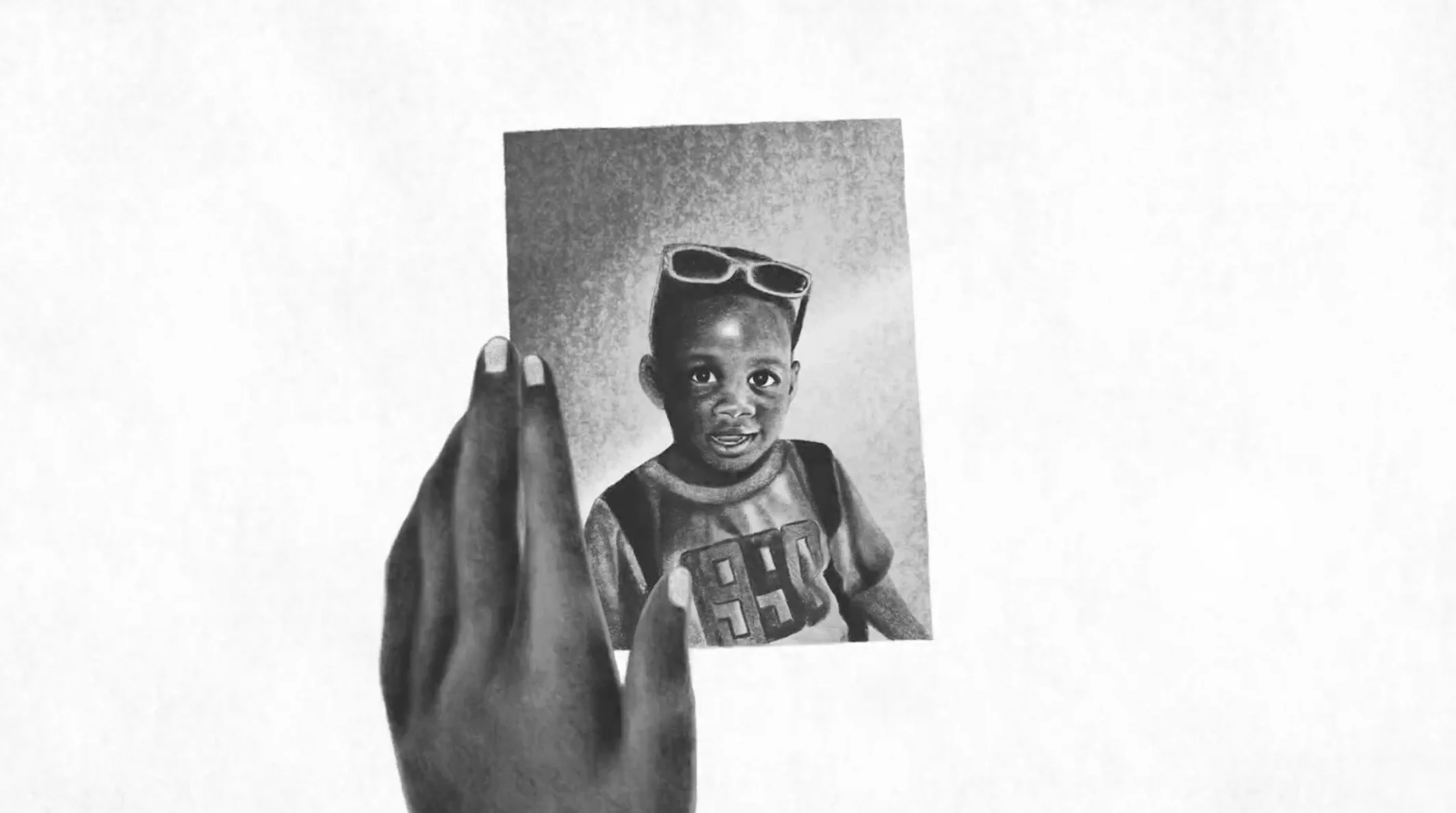Review: Dragging Piaf at QAF
/Initially, Dragging Piaf — QAF’s final event — seemed to be exclusively about Frédérik Robert. Dressed in drag, Robert wore a black shirt, a black skirt, a curly black wig, and slight black shoulder pads with eye-catching glitter. By the rules of the stage, which say, like advertising, to look exactly where your eyes are naturally drawn, we weren’t meant to be looking anywhere else. This became more true when he started to sing Edith Piaf — his voice sounded as loudly and as dynamically as an orchestra. It sounded like there were speakers installed behind my ears. For those first two minutes all my notes were about Robert: “wow,” “incredible,” “when he stops singing the room will feel empty.”
Dragging Piaf still c/o Queer Arts Festival
On its own, ninety minutes of Robert’s singing could’ve been interesting and fully entertaining; it’s what I expected. But what I’d appreciated about QAF’s other events were how they mixed media — song, dance, film, art — to make unfamiliar and often experimental viewing experiences. They’d felt new, like reading a book for the first time (ever) does, forcing you to creatively stretch and feel in ways you hadn’t before. And this had felt so refreshing, especially after the droves of never-not-entertaining but never-quite-satisfying set of blockbuster films I’d seen in the past few weeks, which were comforting in the same way bad commercial food can be: they were reliable, consistent, and because of this, comforting. I’d been needing something new and challenging. So when by the same rules of the stage I was drawn to the large screen behind Robert, playing a black and white film, I was excited again by the mixed media approach. I was excited to see if the film could use the urgency and intensity of Robert’s live voice to spin a powerful narrative.
And it did. Directed by Alan Corbishley, the silent film is about the story of Ed. Ed’s a complicated character. Most of what we learn about him is learned in scenes where he’s alone; this is because he’s almost always alone. We see him drinking wine in his apartment, walking down centre streets, sending pining texts to his ex-boyfriend, and then eventually (and joyfully) applying make-up to resemble Edith Piaf. This transformation, from Ed to Piaf, is one of the great successes of the film, partly because it makes drag seem like damn good fun. During the transformation the camera gets extremely close — the lips are all that’s in frame while the lipstick drags across Ed’s mouth, the eyes are all that’s in frame when the eyeshadow brush pulls his lids around, and besides being intimate, it looks indescribably pleasurable. The swinging, skippy gypsy-like songs like Milord and Padam definitely help. But it also makes sense on a narrative level. The drive to take on and become someone as powerful and deliciously charismatic as Edith Piaf is perfectly understandable.
Ultimately though, the film covers fairly brutal subject matter. It starts with Ed’s breakdown, and ends with the song Non, Je Ne Regrette Rien (No, I Regret Nothing) — a tricky ending. After what we’ve seen on screen — Robert as Edith Piaf singing and dancing with a (broken nosed) mannequin face, wandering industrial back streets, excitedly buying pills, then desperately buying pills, the camera lens reflecting the characters confusion by becoming more unfocused and schizoid and flashing between black and white and coloured — it’s hard to know whether to interpret this ending as triumphant or not. It’s watching someone hit the self-destruct button with a big smile, or watching someone smile while they cry. Breakdowns are supposed to be unavoidable, but not enjoyed. They’re supposed to be followed by the ‘comeback’. This is the challenge of Dragging Piaf: there is no comeback, and Ed doesn’t mind.






